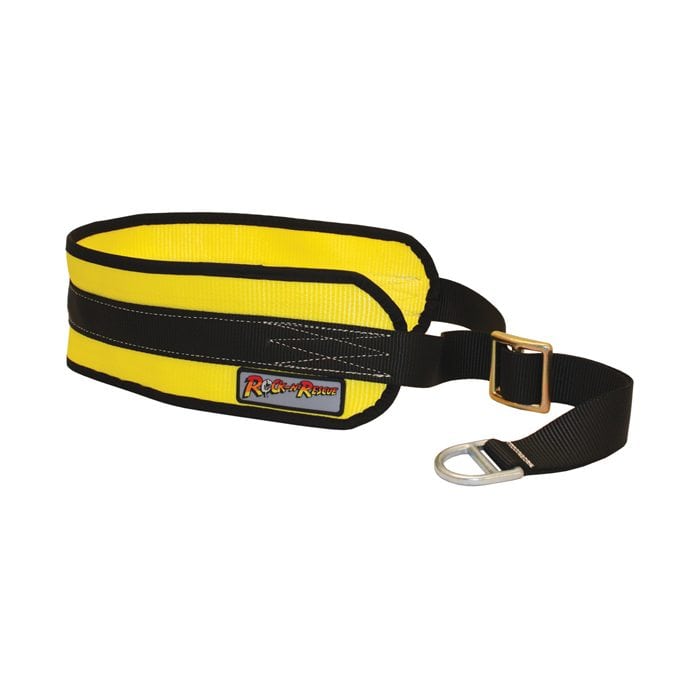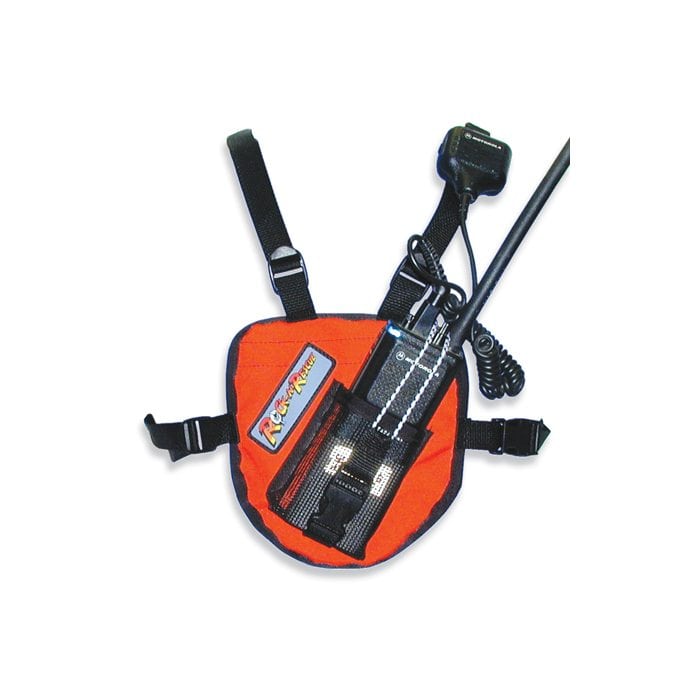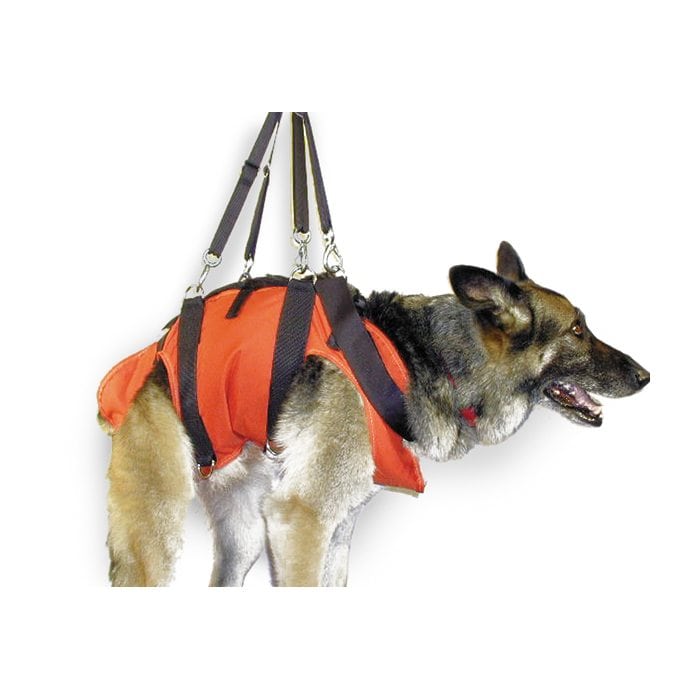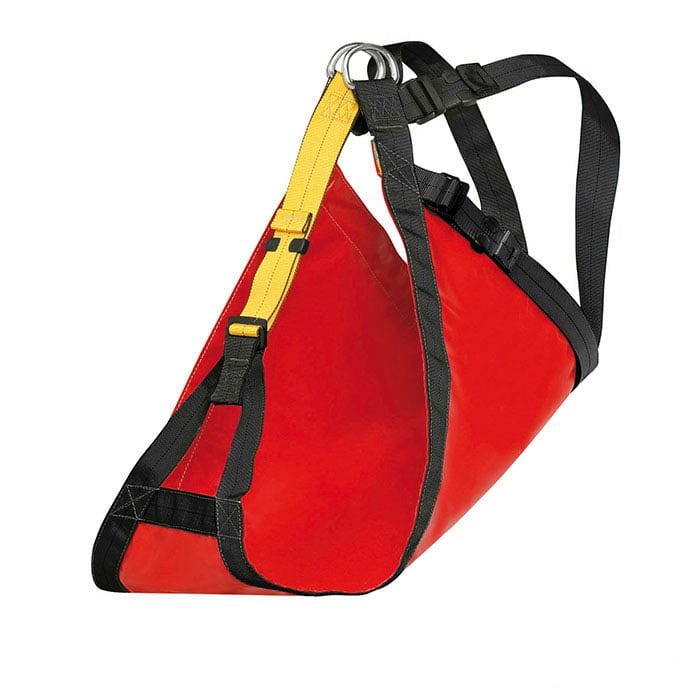Your cart is currently empty!
Types of Rescue Harnesses
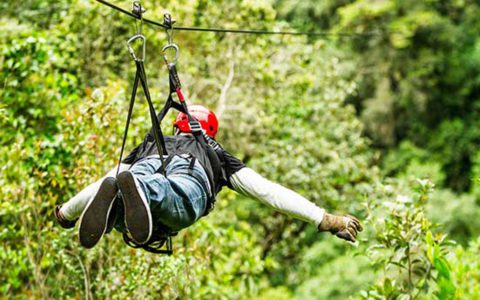
Harnesses are essential components of all fall protection systems. Choosing the right harness for each situation will ensure that you remain safe and secure throughout your work at height mission. Rock-N-Rescue provides a wide range of rescue and safety harnesses to suit any scenario. Here is an overview of the most popular types of harnesses so you can select the best one for your needs.
FALL SAFETY EQUIPMENT CLASSES
Most safety harnesses fit into one of the four safety equipment classes:
- Class I: Body Belts
- Class II: Seat Harnesses
- Class III: Full Body Harnesses
- Class IV: Suspension Belts
If you are new to climbing, mountaineering, rescue efforts, or any other industry, you may hear about these classes in your training programs. We will describe each class and its purpose in the sections below, but this gives you a basic overview to follow. Note that some rescue equipment will not fall into these groups, but they are still important for fall prevention.
CHECK THE WEIGHT LIMITS AND SIZING FOR ALL RESCUE HARNESSES
When comparing rescue and safety harnesses, make sure to get a size and weight limit that fits your body or the needs of your application. For instance, if you weight 250 pounds with your safety equipment on, you would not want to select a harness with a weight limit of 200 pounds. Most rescue/industrial equipment is designed to accommodate 300 pounds or more, but you still need to check the sizing and weight capacity before you purchase a product.
BODY BELTS (CLASS I)
Body belts, also known as escape and ladder belts, are made to be worn around the waist. They typically have D-rings in the front or back that can be attached to a carabiner. They can be used to attach to escape ropes, ladders, and other safety equipment. The belts are adjustable to accommodate different waist sizes, but they still have their limitations. You will need to select a size that is appropriate to your body (with pants on). Body belts should be used for position or restraint only.
SEAT HARNESSES (CLASS II)
As the name implies, seat harnesses fit the body much like an actual seat would. They consist of a belt that goes around the waist and two smaller belts that loop around the wearer’s thighs. The leg loops are attached to the belt with straps, and each component is adjustable. The harness keeps a person in a slightly seated position, while allowing the legs to move vertically up or down a tree, pole, rock face, or other surfaces.
FULL BODY HARNESSES (CLASS III)
Full body harnesses look like seat harnesses with suspenders. They wrap over a person’s shoulders, around the waist, and around the upper legs for full-body support. They have multiple D-rings attached to them so they can be secured to a line at various angles. These areas can also be used to secure equipment on the body. Some full body harnesses are only made to accommodate one main connection point, like in the case of an industrial fall protection harness. Other body harnesses feature life-safety connection points. Full body harnesses provide maximum fall protection in the event of an emergency because they offer support throughout the body and have no risk of sliding out when being inverted.
SUSPENSION BELTS (CLASS IV)
Suspension belts are independent work supports used to suspend a rescuer or worker. They may be used for work seats or to raise or lower a harness. Suspension belts are not used for fall arrest systems. They are designed to provide comfort and to allow for long periods of suspension without the risk of cutting off circulation.
CHEST HARNESSES
Chest harnesses fit around the body like a vest. Some are made of independent straps, and others have cushioned fabric around the straps for better comfort. Chest harnesses are only used in situations where the fall hazards are limited. They are not ideal for climbing or rescue missions where there is a large vertical drop below the use. A good example of chest rescue harness application would be to pull a person out of a small ditch or tank at a workplace.
RADIO HARNESSES
Radio harnesses serve little purpose with regard to supporting the human body. Instead, they are made to hold a communications device so it can be easily accessed during a search and rescue mission. Instead of carrying the radio on a belt or in a bag, a person can put it directly on his or her chest to grab-and-go. The harness material is lightweight and should not have a major impact on the overall weight of the fall protection equipment.
DOG LIFT HARNESSES
Dog lift harnesses are made to wrap around a dog or similar-sized animal. There are four holes for the legs to go into, and the harness secures on the animal’s back. There are connection points on the back that can be attached to a rescue line so the animal can be lifted to safety. In some circumstances, they may be used to pull injured or deceased wild animals off an area used for recreational climbing.
RESCUE TRIANGLE HARNESSES
Rescue triangle harnesses are designed for victims that need to be moved to safety. Rather than having a series of straps that must be adjusted and secured, these harnesses have a large hammock-like area that the victim can lie or sit in. There are straps attached to the ends of the fabric so the harness can be secured to an evacuation system.
Frequently Asked Questions about Rescue Harnesses
What are the different types of rescue harnesses?
There are seat harnesses, full-body harnesses, chest harnesses, safety belts and hybrid harnesses, each designed for specific rescue situations like rope access, confined space, and fall arrest.
How do I choose the right rescue harness?
Choose based on the type of rescue operation. Consider factors like weight distribution, comfort and specific safety certifications required.
Are safety belts still used in rescue situations?
While less common than full-body harnesses, safety belts, or body belts, are still used in some situations where minimal support is sufficient.
What is the difference between a safety harness and a rescue harness?
A safety harness is designed to prevent falls and protect workers during regular activities, while a rescue harness is specifically designed for rescue operations. They offer additional support and attachment points for complex maneuvers and lifting in emergencies.
How long is a rescue harness good for?
The lifespan of a rescue harness varies depending on usage, exposure to elements and manufacturer guidelines. Typically, it is recommended to replace your harness every 5 years or sooner if there is visible wear or damage. Always check for specific expiration dates and perform regular inspections.




